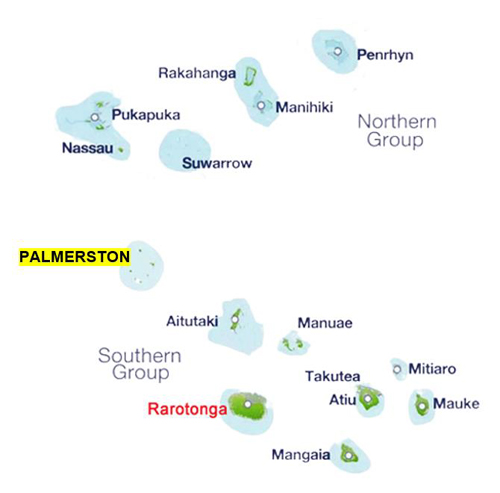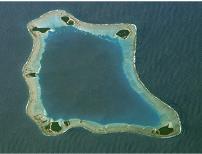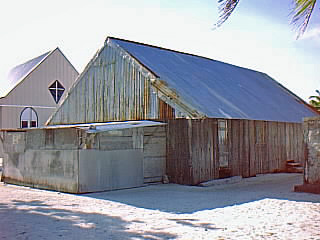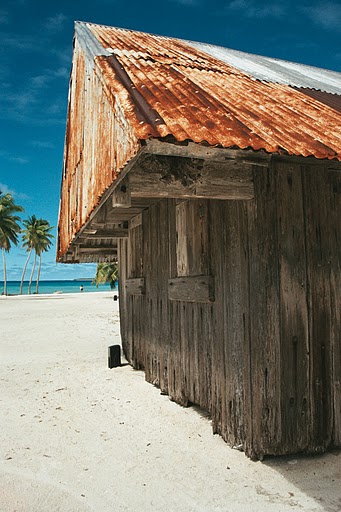GETTING THERE

With no airstrip and no regular boat service, it's not easy. Ask at the Harbour Master's office on Rarotonga about any planned sailings or to see if any private yachts are heading that way. It's typically a two or three day journey by sea in often difficult conditions
WHAT TO EXPECT
Palmerston is an atoll made up from the summit of an old volcano which rises 4,000 metres (13,123 feet) from the ocean floor. At its highest point, it's just 4 metres (13 feet) above sea level. Six main islets and multiple rocks and sandbanks are scattered around the lagoon which stretches for 39 sq. kms. Islanders live on the eastern most islet which they call Home Island. The land near the reef is infertile, but there are typical atoll tree crops of coconut and pandamus. The island is a major nesting site for the green turtle and rare seabirds. Life on Palmerston has a rhythm of its own and includes daily church services. Everywhere is immaculately tidy.
Around the reef are six groups of islets (motus). These are North Island, Lee To Us, Leicester, Primrose, Tom's and Cooks. Leicester may have been named after the English county of Leicestershire where founding father, William Marsters grew up






